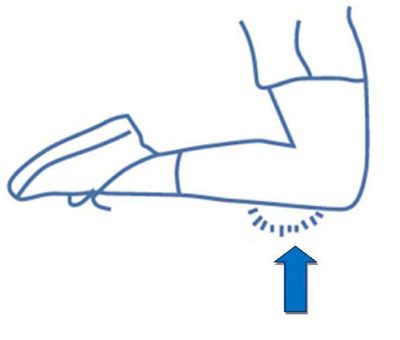Dr. Raj Kanna is a consultant Orthopaedic and Knee surgeon, who have made a mark in the field of Orthopedics with his success stories.
Posterior Cruciate Ligament (PCL) is a thick structure which is present in the backside of the knee connecting the thighbone to the shinbone, there by stabilizing the knee joint. It prevents the shin bone from displacing backwards during different activities. The PCL is generally larger and stronger than the Anterior Cruciate Ligament. Even then, the PCL can get damaged due to trauma or injury (direct or indirect), which can cause disability to the knee.
_html_m35b19cc5.jpg)
_html_m35b19cc5 (2).jpg)
PCL can get injured for different causes.
Depending on the severity PCL tears has been classified as:


While physical examination can lead to the diagnosis of PCL tear, confirmation is usually by MRI scanning.
_html_m30f37724.jpg)
Treatment for PCL tear includes:
_html_c6fbeee.jpg)
Grade I and Grade II PCL tears do not require surgery. After protected knee brace for 3 to 6 weeks they have to start undergo physiotherapy and can gradually go back to normal activity.
However Grade III and IV PCL tears need surgical intervention. With Modern technology and improvisation in surgical techniques, these injuries are routinely treated by Key-Hole technology without opening the joint. There are multiple advantages to this technique such as a) less blood loss, b) less pain, c) early recovery, d) less tissue damage, e) lesser chance of infection, f) more cosmetic,etc. After surgery patient has to undergo physiotherapy for three to six months and after which he or she will be able to do all activities which they were doing before the injury.
For further more details, contact Dr.Raj Kanna has a best experience in PCL reconstruction surgery of affordable cost in Chennai.